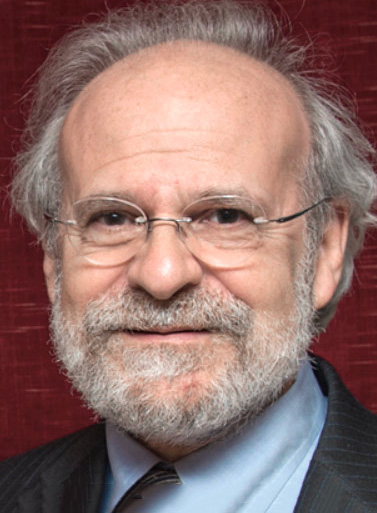


|
||
|
||
In 1949 a Bell Laboratory researcher, Claude Shannon, published a paper on a new science of “Information”. Bell Labs had sponsored the research with the goal of improving phone networks but was not prepared to embrace the full implications of the new science which made explicit the distinction between information in the information sense and information encoded in numbers or bits.
Today’s telecommunications business dates back to the days of the telegram when each message was treated as precious freight to be carried over the carriers wires just like a railroad would carry a box of cargo.
Cross-country telegraphy worked because we had just dots and dashes. If the signal becomes a bit fuzzy we could fix it by (re)generating fresh dots and dashes. As anyone who played the game in which you whisper a message from person to person knows it’s hard to preserve the voice message over a distance.
The solution was to turn voice into distinct ones and zeros just like the dots and dashes which could be preserved over any distance.
We can treat an Internet data packet just like any message and pay a carrier to deliver the message to the destination just like Pheidippides did at Marathon or like the telegraph companies did in the 19th century.
That is what we do and it misses the point of the Internet.
With the Internet we only need to exchange enough bits for the purpose. If we agree on a coding system I can send you “1B, 3b, 2o” then you can put them together to spell Bob. It doesn’t matter what order you get the letters in and if you are missing one I can resend it. You don’t even need all of them if you know Bob is the only name in your list that has two B’s.
Exchanging bits doesn’t even require a network. We can use any means available. Charging for carrying the bits is like trying to put a toll on a city street—there are simply too many other paths and it doesn’t make any sense to limit our paths so that toll-collectors could make a profit.
In 1897 the British Copyright office issued a report warning us of the dangers of creating scarcity by taking our abundance and dividing it up as property.
Yet this is just what we do by translating “Internet” into “Telecom” and using a property model wherein owners use their control to be the sole providers of services and transport.
People who create their own solutions are competition and those who add capacity are seen as thieves!
We may have a thousand wires running past our homes but we can only use one of them and must subscribe to a provider. We’ve taken the essential unlimited capacity for exchanging bits without wires and created exclusive properties in the guise of spectrum allocation.
Claude Shannon gave us an understanding to liberate us from the constrictions of telecom’s “pipes”. The Internet has given us a hint of what is possible once we can exchange bits instead of paying to send messages.
Yet today’s policies miss the point even as the telecommunications model is failing. The reason we need a “broadband” policy is that funding infrastructure by selling services fails when we can do it ourselves and bits are not consumables with a limited supply.
But then why should we expect common infrastructure to be a profit center any more than garbage collection should be a profit center?
The message from the market is simple. Instead of depending on service providers we should own our own facilities.
Home networks are not really networks—they are just wires and radios we use to exchange bits. We can get the same rapid improvements in price/performance by being able to invest in our communities rather than being beholden to providers.
Our home networks have been founts of innovation. We need to own the facilities that connect our homes to each other.
On the surface the Internet seems to be just another telecommunications service. In Information vs. Telecom I provide the deeper understanding necessary for challenging our accepted paradigms.
Sponsored byIPv4.Global

Sponsored byVerisign

Sponsored byVerisign

Sponsored byDNIB.com

Sponsored byRadix

Sponsored byWhoisXML API

Sponsored byCSC
